Photo
[ Coupe en pierre de sang sculptée avec montures en or émaillé serties d'émeraudes, rubis, saphirs, et camées ]
Jean-Valentin Morel (1794–1860)
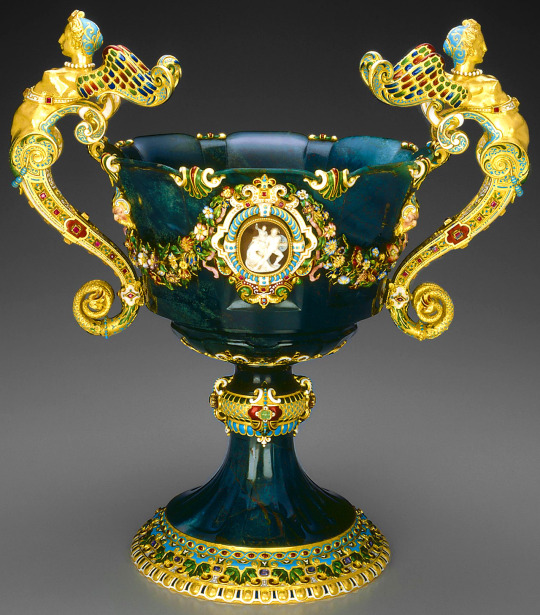
Carved bloodstone cup with enameled gold mounts set with emeralds, rubies, sapphires, and cameos - Jean-Valentin Morel, 1855.
1K notes
·
View notes
Photo
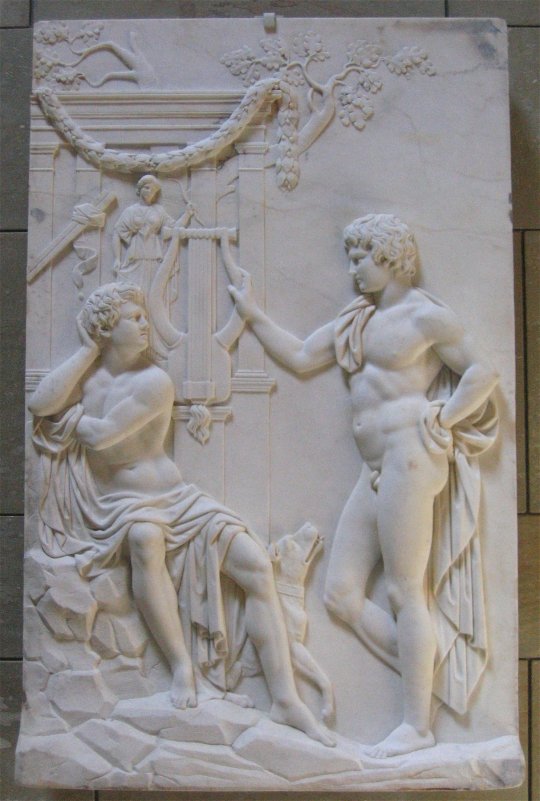
commons.wikimedia.org
Zethus und Amphion,
bas-relief de Julius Troschel (1806–1879)
[ Amphion and Zethus ]
[ Amphion et Zéthos ]
By Rufus46 (Own work) [CC BY-SA 3.0 or GFDL], via Wikimedia Commons
10 notes
·
View notes
Photo
[ Persée et Andromède, bas-relief de Julius Troschel (1806–1879) ]

Julius Troschel, Perseus and Andromeda - 1840-50
#julius troschel#perseus and andromeda#bas-relief#persée et andromède#perseus#andromeda#persée#andromède
32 notes
·
View notes
Photo
[ Statue romaine du Sphinx en marbre ]

Roman marble Sphinx statue dated to c.120-40 AD, found in a villa at Monte Cagnolo (On display British museum)
694 notes
·
View notes
Photo
[ Le faune ]
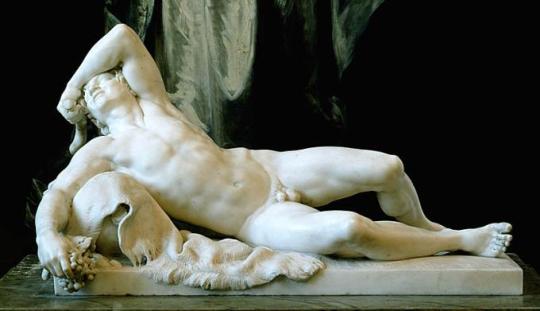
Johan Tobias Sergel. The Faun. 1774.
Marble.
Nationalmuseum. Stockholm, Sweden.
972 notes
·
View notes
Photo
[ Tête en marbre de Julia Titi Flavia, fille de l'empereur Titus ]

Portrait head of Julia Titi
Roman, c. 90 A.D.
marble with polychromy
Getty Museum
#Portrait head of Julia Titi#roman#90 a.d.#marble#polychromy#julia flavia#julia titi#sculpture#en marbre#tête#empire romain
268 notes
·
View notes
Photo
[ La création d'Adam et Ève ]
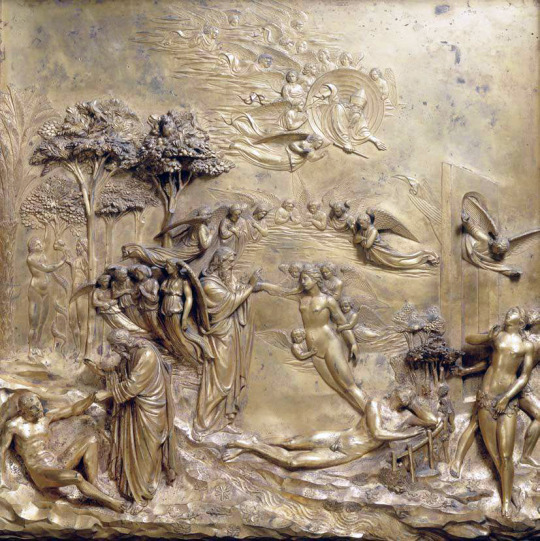
Lorenzo Ghiberti
The Creation of Adam and Eve
1425-52
281 notes
·
View notes
Photo
[ Narcisse, sculpture en bronze, classicisme ]

Bronze Sculpture of Narcissus
Origin: Europe
Circa: 19th Century AD
Dimensions: 25" (63.5cm) high x 10" (25.4cm) wide
Collection: Classical Revival
Medium: Bronze
11 notes
·
View notes
Photo
barakatgallery
[ Sculpture d'un Lokapala en terre-cuite peinte.
Chine, dynastie Tang, 618 à 906 ap JC ]
["Connu comme "Protecteur du Sépulcre", ce gardien se tient sur la tête d'un démon grotesque. Il porte une armure qui conserve une bonne quantité de pigments orange et blanc d'origine."]

#lokapala#sculpture de terre cuite#terre-cuite#peinte#chine#dynastie tang#painted terracotta#sculpture of a Lokapala#china#t'ang
51 notes
·
View notes
Photo
Briseis and Achilles (Detail) - Bertel Thorvaldsen (1770 – 1844)
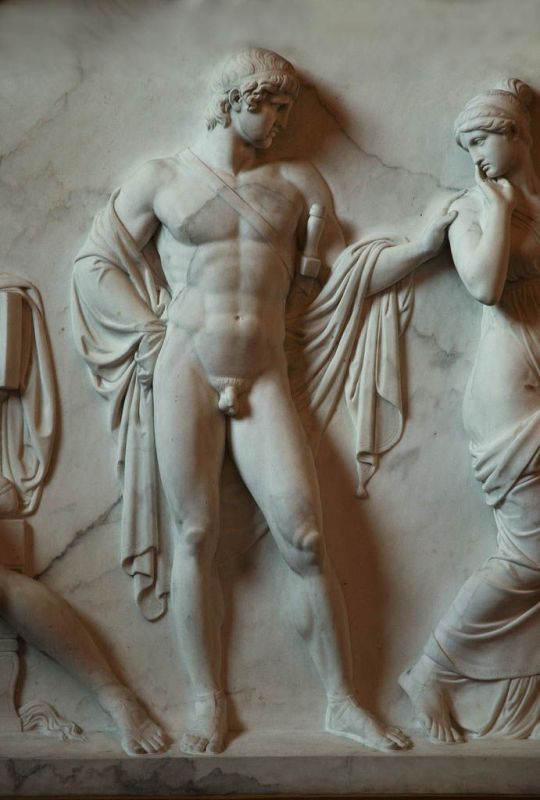
131 notes
·
View notes
Photo
[ Tête en basalte vert (sur un buste en bronze moderne) de l'empereur Hadrien ]
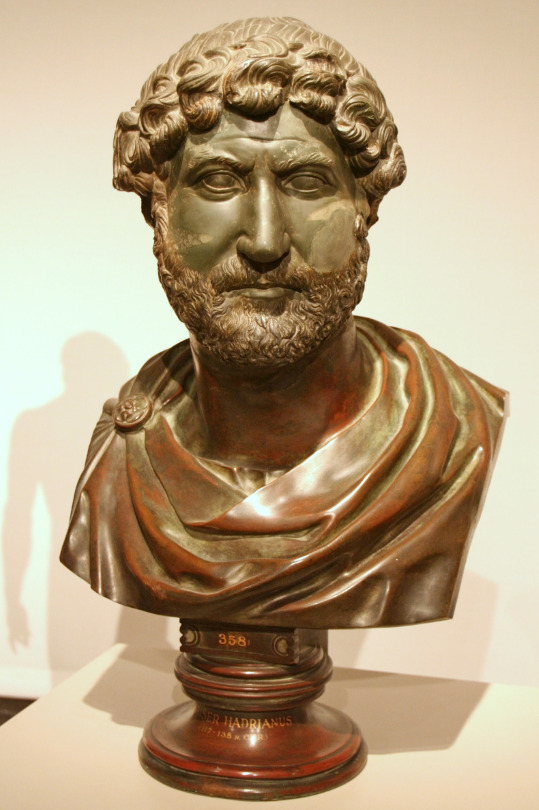
Green basalt head (on a modern bronze bust) of the Emperor Hadrian (r. 117-138 CE). Now in the Altes Museum, Berlin.
218 notes
·
View notes
Photo
[ Sculpture maya d'un guerrier debout ]
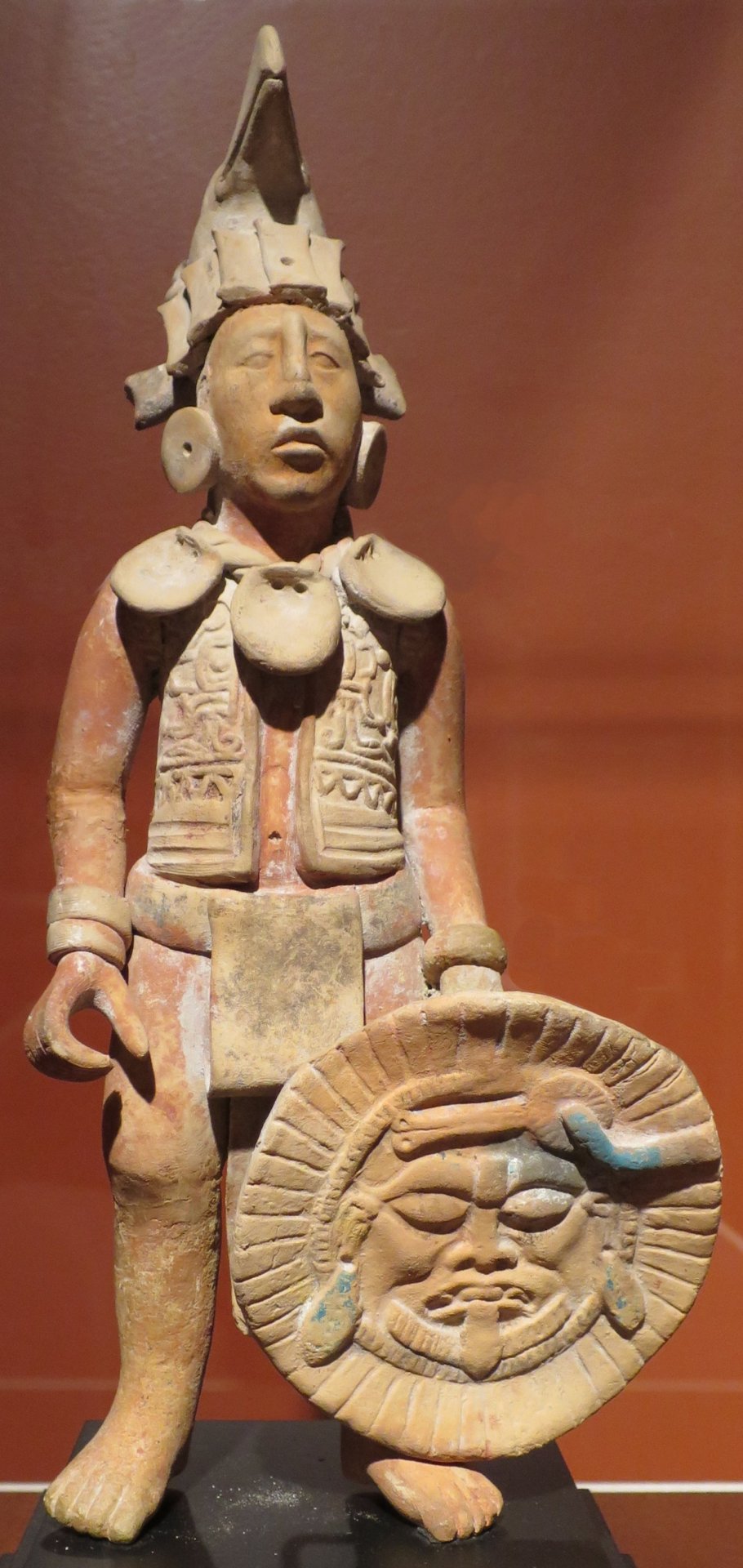
Mayan sculpture of a standing male warrior. Artist unknown; Late Classic period (ca. 550-950 CE). Found on the island of Jaina, Campeche, Mexico; now in the Dayton Art Institute.
507 notes
·
View notes
Photo
[ Buste d'homme ]
Magnifique...

Girolamo della Robbia c. 1526-1535
Bust of a Man
356 notes
·
View notes
Photo
[Mars et Neptune]

Jacopo Sansovino c. 1554-1567
Mars and Neptune
2K notes
·
View notes
Photo
The Gradiva (”She who walks”, after Mars Gradivus, the Roman god of war walking into battle) forms part of a composition of three female figures, the Aglaurids (or Agraulids), deities of the nightly dew, from a neo-Attic Roman bas-relief, probably after a Greek original from the 4th century B.C.
commons.wikimedia.org
[ La Gradiva ("celle qui marche", d'après Mars Gradivus, le dieu romain de la guerre marchant à la bataille) fait partie d'une composition de trois figures féminines, les Aglaurids (ou Agraulids), divinités de la rosée nocturne ; bas-relief romain néo-attique, probablement la copie d'un original grec du 4ème siècle avant JC ]
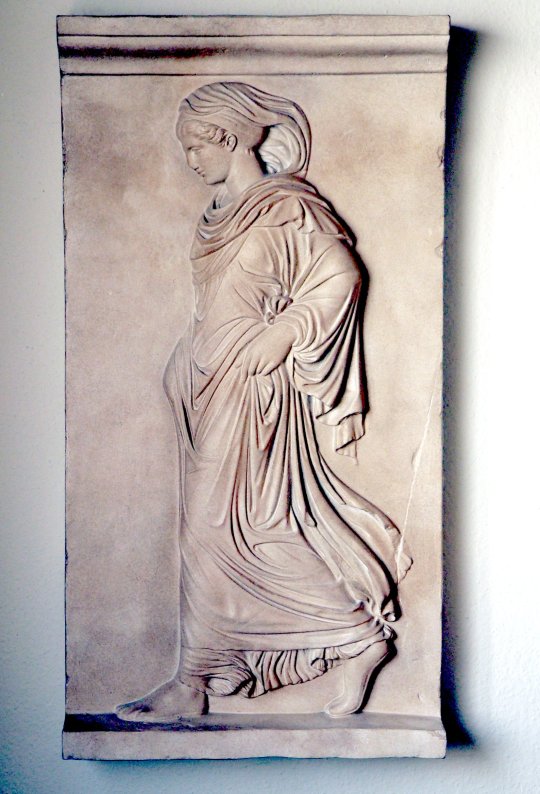
Relief sculpture, Gradiva
Roman, probably after a Greek original from the 4th century B.C.
#gradiva#relief sculpture#bas-relief#roman#romain#after a#greek original#4th century b.c.#copie#copie de#original grec#4e siècle avant JC
27 notes
·
View notes
Photo
[ Guerrier avec cuirasse et un casque appuyé sur sa lance devant une stèle funéraire ]
[ Romain, 1er siècle avant JC, imitant le style grec classique du 5ème siècle avant JC ]
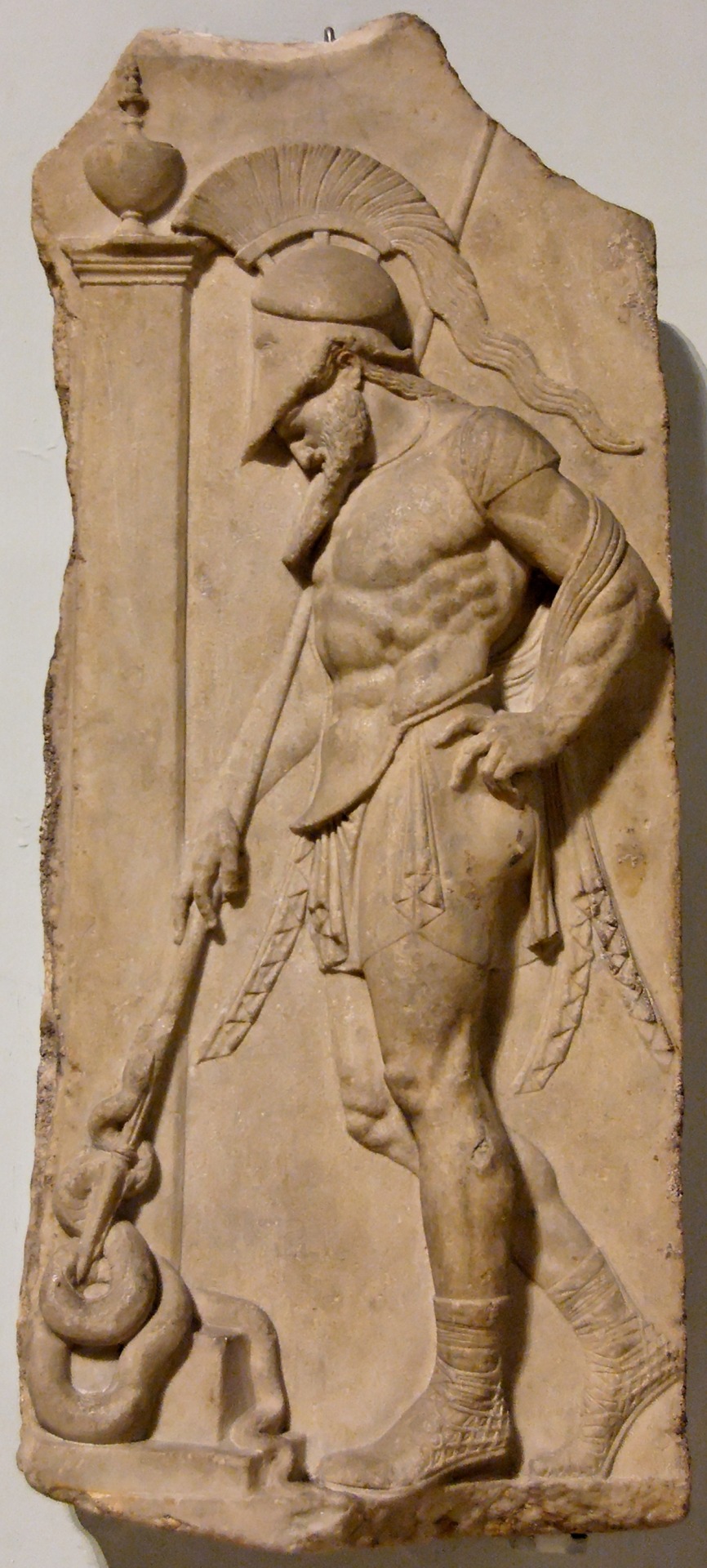
Warrior with cuirass and helmet leaning on his spear in front of a funerary stele
Roman, 1st century BC imitating the Greek classical style of the 5th century BC
#roman#1st century bc#warrior with#cuirass#and helmet#warrior#leaning#on his spear#in front of#funerary stele
62 notes
·
View notes
Photo

commons.wikimedia.org
English: Front side of a Roman sarcophagus: Selene with the shepherd Endymion on Mount Latmos (Anatolia). Center and right: arrival of the moon goddess in love; Endymion, in eternal sleep, is moved in a cave under her control; the winged god of the sleep (Hypnos), repands on the shepherd a sleeping liquid; the mountain god, Latmos, is sit on a rock on top; Selene on her symbol animal, the cancer. Left: departure of the goddess; Mother Earth downwards; the horses of Selene are driven by Eos, goddess of Down. Many erotes. Ca. 180 CE.
Français : Face avant d'un sarcophage romain : Séléné avec le berger Endymion sur le mont Latmon (Asie Mineure). Centre et droite : arrivée de la déesse de la Lune ; Endymion, plongé dans un sommeil éternel, est déplacé sous sa conduite dans une grotte ; le dieu ailé du Sommeil (Hypnos), verse sur lui un somnifère ; le dieu de la montagne, Latmos, est perché sur un rocher ; Séléné sur son animal symbole, le cancer. Gauche : départ de la déesse ; en contrebas, la Terre Mère ; l'attelage de Séléné est conduit par Éos, déesse de l'Aurore. Nombreux érotès. Vers 180 ap. J.-C.
[Public domain], via Wikimedia Commons
0 notes